| Old-fashioned roses are often more hardy and easier to take care of than newer hybrid floribundas and teas, but some modern varieties are deliciously fragrant. And the billions of new colors and forms are enticing. Even David Austin Roses, from England, do well here – sometimes even more so than back in their homeland, since our weather is much more consistently mild. A couple of mine, instead of their catalog-description-promised 3-4 foot height, burgeon to 7-8 feet. While others were twiggy and short, they still produce gloriously blousy blooms for gathering into a short vase. Fragrance The seven basic scents most often found in hybrid tea roses are apple, clover, lemon, nasturtium, orris, rose, and violet. Others are anise, bay, fern, geranium, honey, hyacinth, lily-of-the-valley, linseed oil, marigold, moss, orange, parsley, peppers, quince, raspberry, and wine. In general, the most highly scented roses are darker in color, have more petals to the flower, or have thick, velvety petals. Reds and pinks tend to smell "like a rose;" whites and yellows like lemon, orris, nasturtium, and violet; oranges like clover, fruit, orris, nasturtium, and violet. Fragrance is strongest early on warm, sunny days when the soil is moist. Only two varieties seem immune to the vagaries of the weather -- Chrysler Imperial and Sutter's Gold are fragrant even on cool, cloudy days. For more intense fragrance, consider these varieties: Ardoisee De Lyon, Chrysler Imperial, Crimson Glory, Dolly Parton, Double Delight, Elle Rose, Fourth of July, Fragrant Cloud, Fragrant Plum, Garden Party, Gertrude Jekyll, Granada, Honey Perfume, Intrigue, Ivory Fashion, Lemon Sherbet, Lilac Charm, Memorial Day, Mister Lincoln, Mme Legras de St Germain, Papa Meilland, Rosa Mulliganii, Scentimental, Sheer Bliss, Sunsprite, Sutter's Gold, Sweet Surrender, Tiffany, Tuscany. Best cutting roses Apricot: Sunset Celebration Lavender: Barbra Streisand, Neptune, Stainless Steel Red: Mr. Lincoln, Olympiad, Viva Pink: America, Bewitched, Cherish, Color Magic, Duet, Sonia, Touch of Class, Voodoo, Memorial Day Purple: Deep Purple, Intrigue, Paradise White: French Lace, Honor, Iceberg, Pascali Orange: About Face, Gingersnap, Marina, Prominent Yellow: Gold Medal, New Day, Summer Sunshine, St. Patrick Pruning Now’s the time to prune established roses even if they have not lost all their leaves. However, climbers and old-fashioned roses with a single bloom cycle in the spring should be pruned following that bloom. Remove crowded or crossed branches, and open the center of the plant for good light exposure and airflow. This encourages new growth to reach out into open space, and better air circulation lessens the likelihood for disease spores to settle in. Height and how many stems to remove can be completely up to you. Early on when I’d moved back home, I was so preoccupied with reviving and pruning the fruit trees that I made only a single chopping of all rose branches at elbow height – literally just hacking everything at that level - meaning to come back later to fine-tune my pruning. I never did, and those roses produced more healthy stems and blooms than they every had with more extensive pruning. So, always eager to do less work for more productive results, I’ve pruned this way ever since. Prune branches above a bud that faces outward or toward a side that needs filling in. No need to worry about cutting at a 45-degree angle, since we don’t get rose borers or so much rain as is the case on the east coast to require that angle. Remove any leaves that have dead or diseased portions, and destroy (don't compost) them. This accomplishes two things: 1) completely removes any disease spores that may be lingering – even if not yet seen – on leaves, and 2) forces the plants into dormancy (however short the weather may allow), which enables the plant to rest and gain energy before expending energy in growth and blooms for the whole coming seasons. This dormancy issue means that pruning earlier in late fall or early winter is a better idea than waiting until now – so plan for next year! When new shoots appear in several weeks, you can easily flick away with a finger those that insist on growing back into the middle of the plant or into another stem. However, you may want to keep the new shoot in place of an older one, depending on which one looks like it’ll become more substantial and balance the growing of the entire plant. As more shoots develop, you can continue to rethink which you choose to remove and which to remain in the interest of the overall look of the plant. |
|
0 Comments
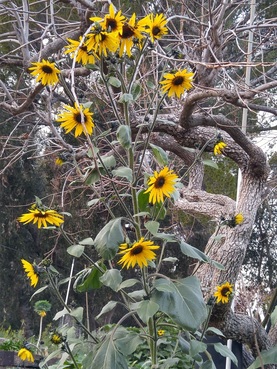 While sowing both sweet peas and edible peas, I noticed a fully blooming sunflower. “In January?” I thought, always having considered sunflowers as summer through fall color. My next thought was that, “But, of course, the weather has been squirrelly for several years, without any frost for all that time; and with alternating heat and chill at strange intervals, the plants and trees haven’t been able to determine what to do when, so they’ve been doing it all at weird times.” So, with rain and cool and warmth, only the sunflower seed decides when to do what it’s supposed to do. Which may mean during those times we gardeners consider beyond "normal." Ah, well, Nature being Nature and trying to guarantee its survival! A note on repeat sowings of peas – last year, I sowed the sweet peas and edible peas every three weeks from September through March, with nary a sprout during that whole time. This was really strange, since in past years I’d had them blooming and producing from Thanksgiving onward. I figured it was just another weather aberration due to lack of sufficient chill and certainly lack of water even though I watered in each batch of seed when I planted it. After several sowings, it got to be a joke in my mind, whether the next sowing would result in any germination. Finally, in April, the seeds came up. The sweet peas provided colorful blooms, and the edible peas gave us lots of munch-your-fill-immediately and more for dinner. Boy, were we ready for those peas, and they were yummy. In May, I followed up with a planting of Wando, the dependable variety for maturing in the early summer heat but still being tender and tasty. I started being aware of what else was blooming in my garden, and came up with these cuties! 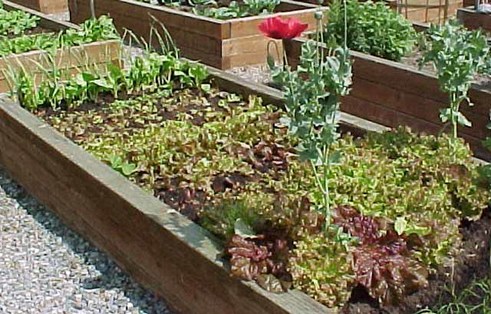 What an exquisite way to start the new year, with rain, wonderful rain! With all the publicity threatening/promising El Nino, I made a point of arranging to have 2 huge truckloads of marvelous composted horse bedding delivered and spread in my pathways and growing beds to slow down and absorb the rain in my hillside garden. Great timing to have this accomplished by the last week of December! And I knew I was really up against the rain when I still had sowing and spreading mulch to do yesterday afternoon. But I made it, all except for the edible peas, which I’ll plant next weekend following the yet-promised storms have left their rain-gold! I did forget to take the latest batch of kitchen clippings up to the compost pile. Now I’ll have to wait until the weekend after the storms, since I don’t want to compact the soil even in the pathways by walking there for 2 days following the kind of drenching we just had. Walking on wet soil literally squishes out the air pores, and the air can’t be reintroduced short of digging and turning the area – and who wants to mess with that in pathways? But it’s critical to enable all the garden’s soil to breathe! If you didn’t already spread mulch before the rains, do so whenever you can before warm spring weather that will start to dry out the soil. You want to insulate the moist soil. If you wait too long into the spring warmth to spread the mulch, you’ll be insulating dry soil and will have to water all the more to remoisten the soil surface so the mulch can be of help. If you did spread mulch before these rains, check how deeply the rain went down underneath it into garden soil. If it didn’t go down more than a couple of inches, pull it aside so the upcoming storms will be able to sink directly into the soil. Then, when the soil is moistened at least a foot down, or before spring warmth, spread the mulch out again so it’ll insulate the moisture. With nighttime temperatures above 50°F, go ahead and seed and plant everything that’ll mature through early summer, including tomatoes – but not any other summer-heat-lovers like cucumbers, melons, peppers, squash since they’ll just sit and pout and never really catch up to ones you sow or transplant when daytime temperatures are consistently above 70°F. I even pulled out the 4” bean plants that had germinated during the warm spell several weeks ago. No reason to “waste” garden space having plants struggle! Best to grow in season what thrives in those conditions! Just finished the first harvest of 10 different lettuces in all shades of green and maroons and speckles and crinkliness – I love the Bibb type butterheads and even some cos romaines because I harvest the outer leaves only and love their crunchiness. I separate the leaves that are more than four inches long for sandwiches, and keep the tinier ones for nightly salads. Spinaches and kales and chards – and even some peppers – add texture and color, and peppers add sweetness. I prefer the pimento-type with their thick walls and letting them mature into deep red coloration. Later this spring, when the spinaches and kales and chards get too plentiful to give away at garden meetings, I saute them with garlic and leek and parsley and cilantro until they’re fully wilted. Then I freeze the mix in 2-cup portions for later addition to quiches, soups, stews, and anything else that occurs to me. It’s a great way to dispense with a huge harvest and have instantly ready later! Guess what we’re having for dinner! |
Categories |

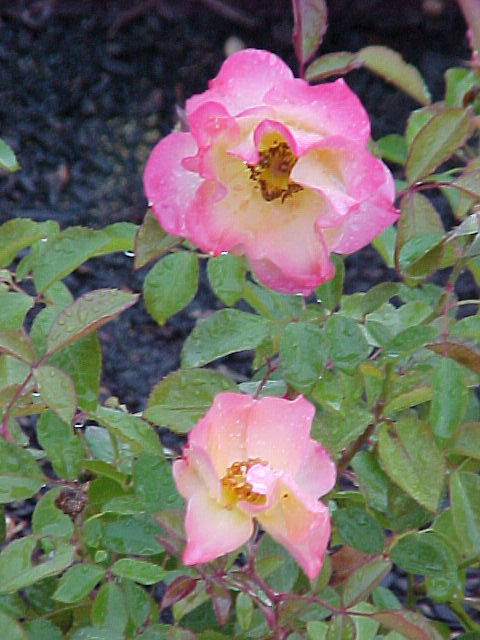
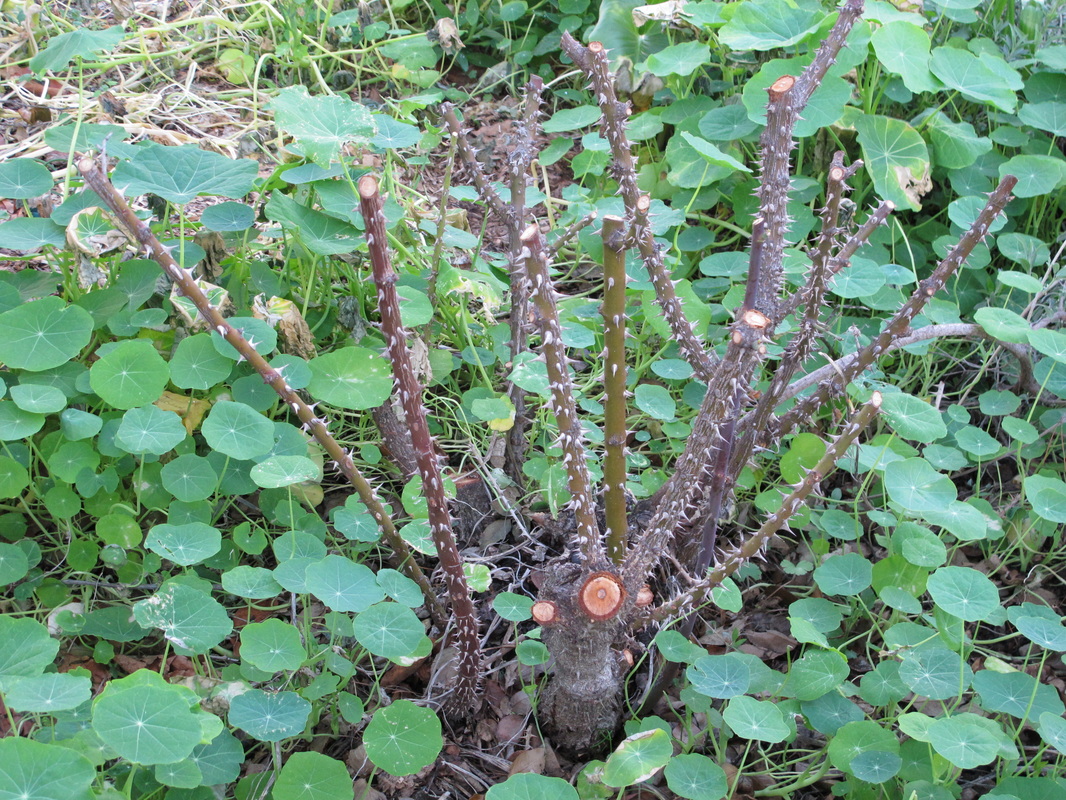
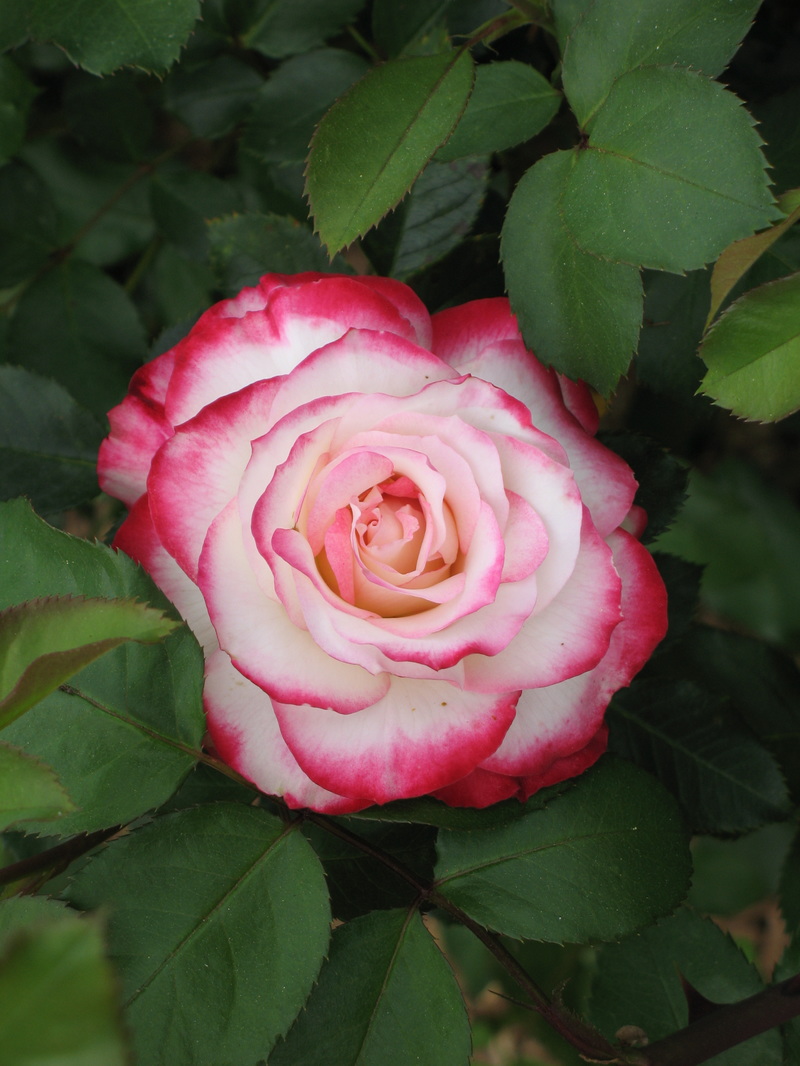
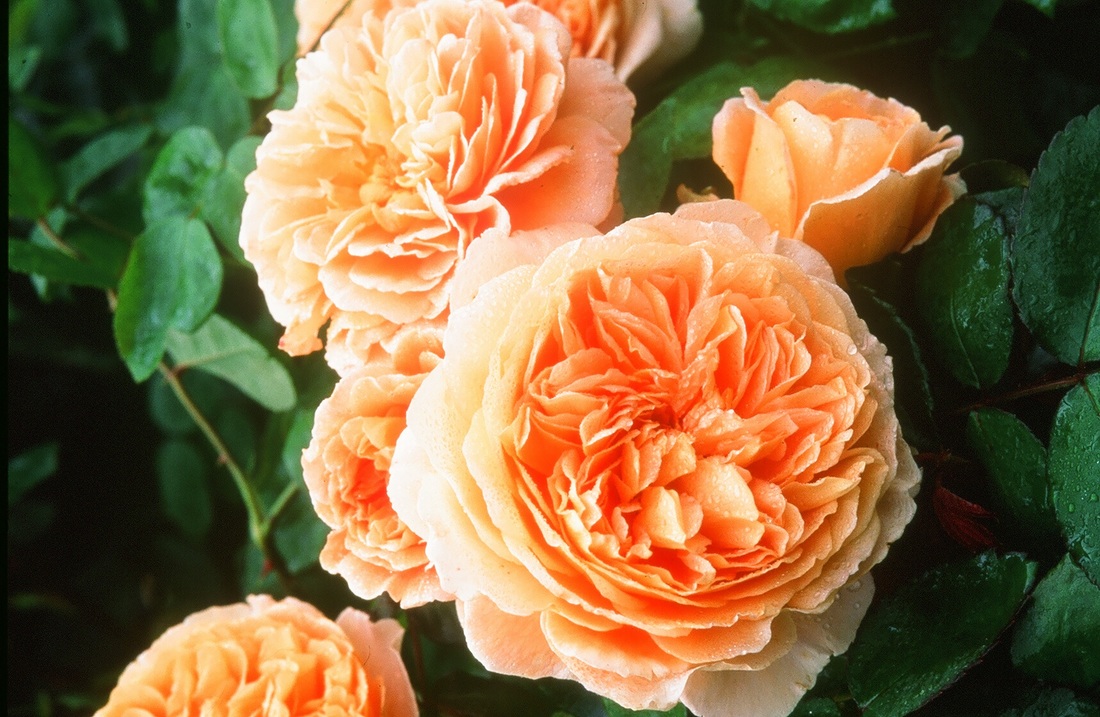
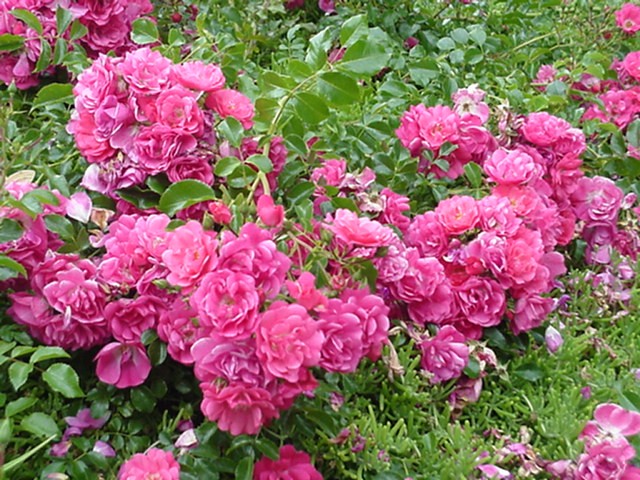
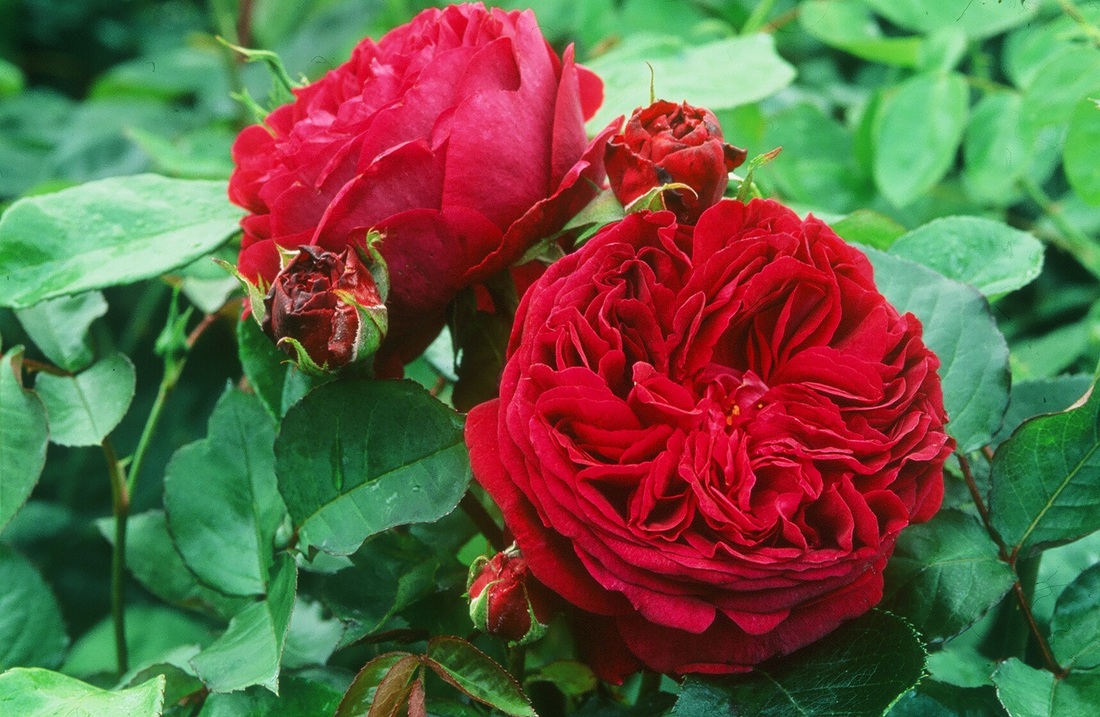
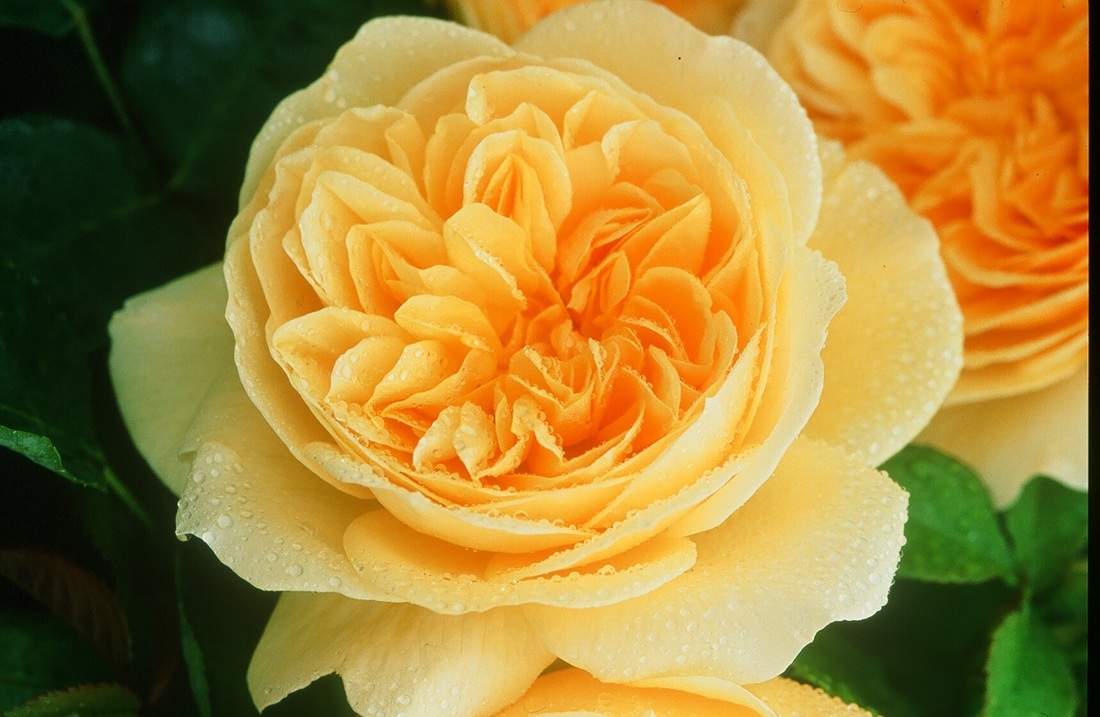
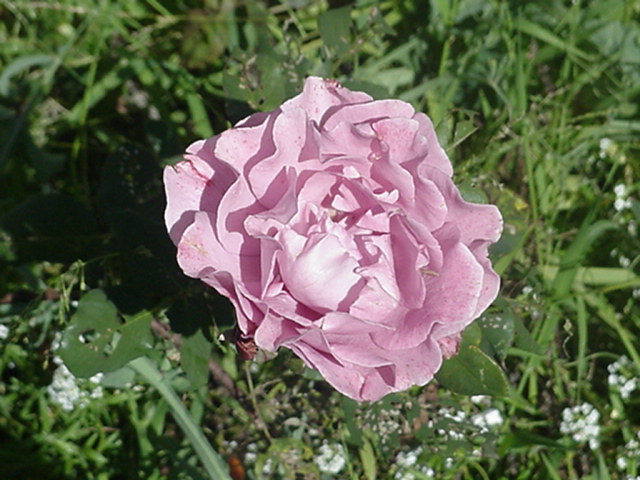
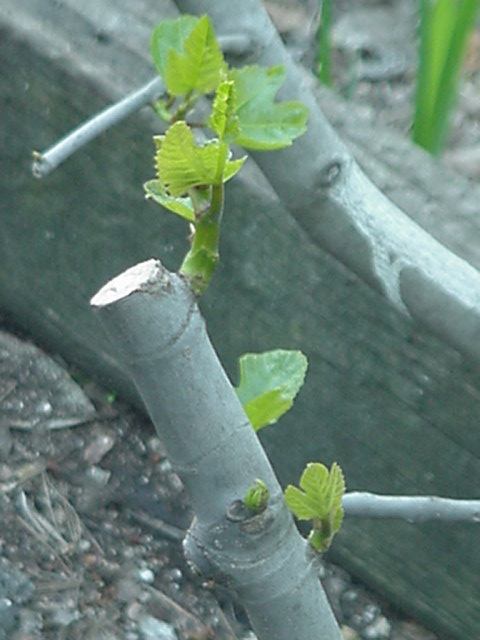
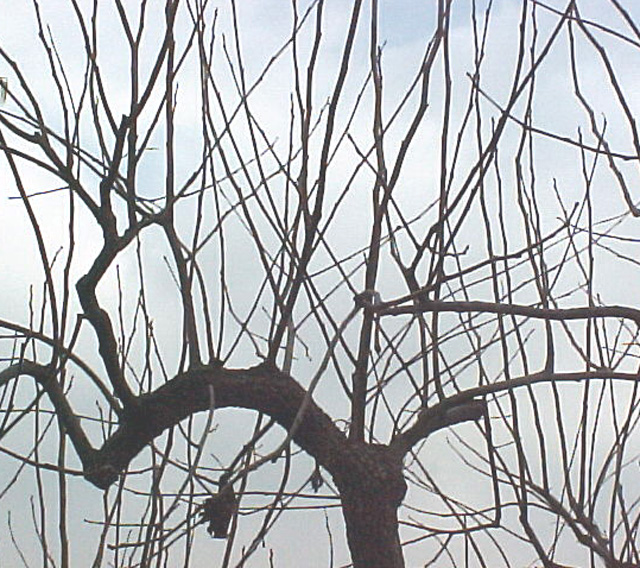
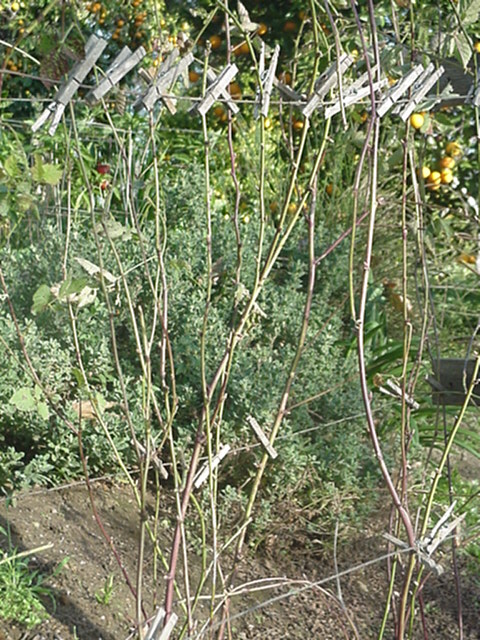
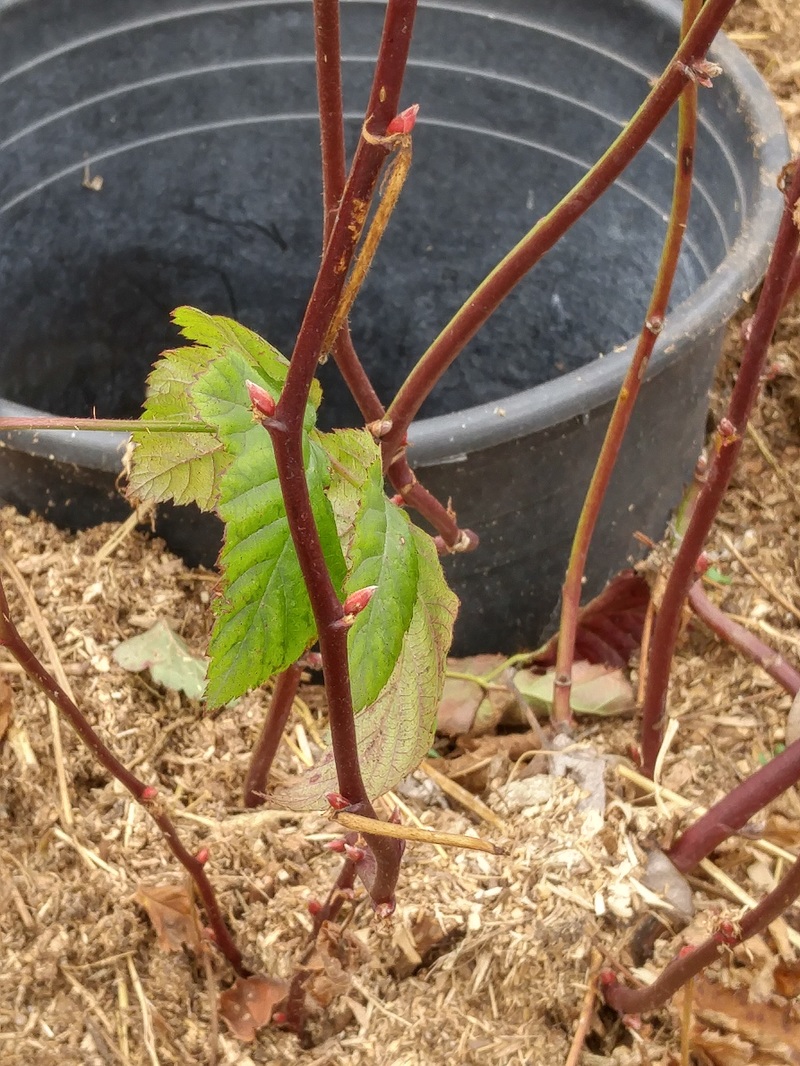
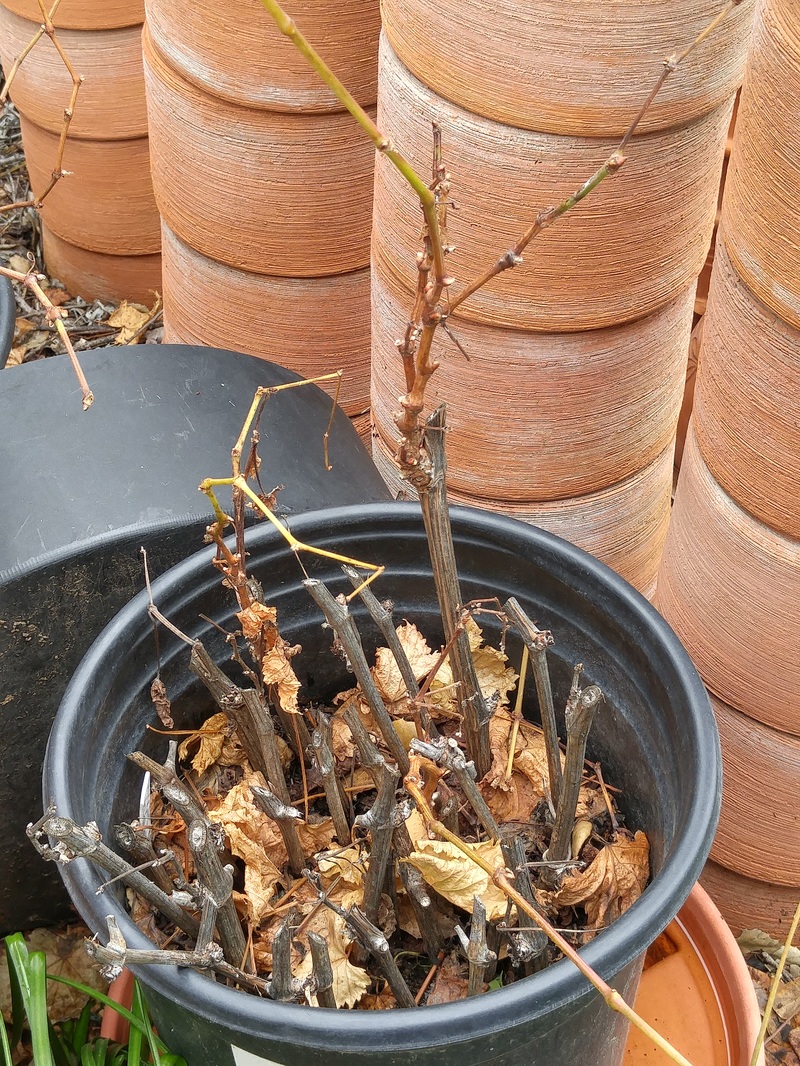


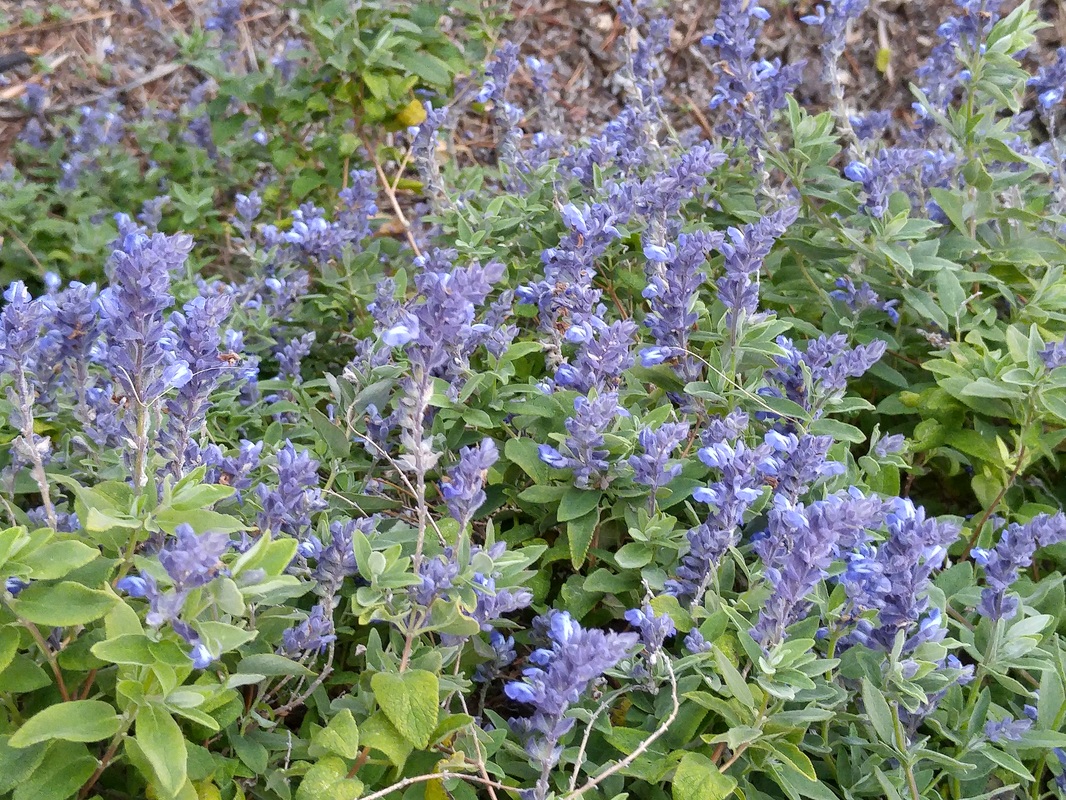
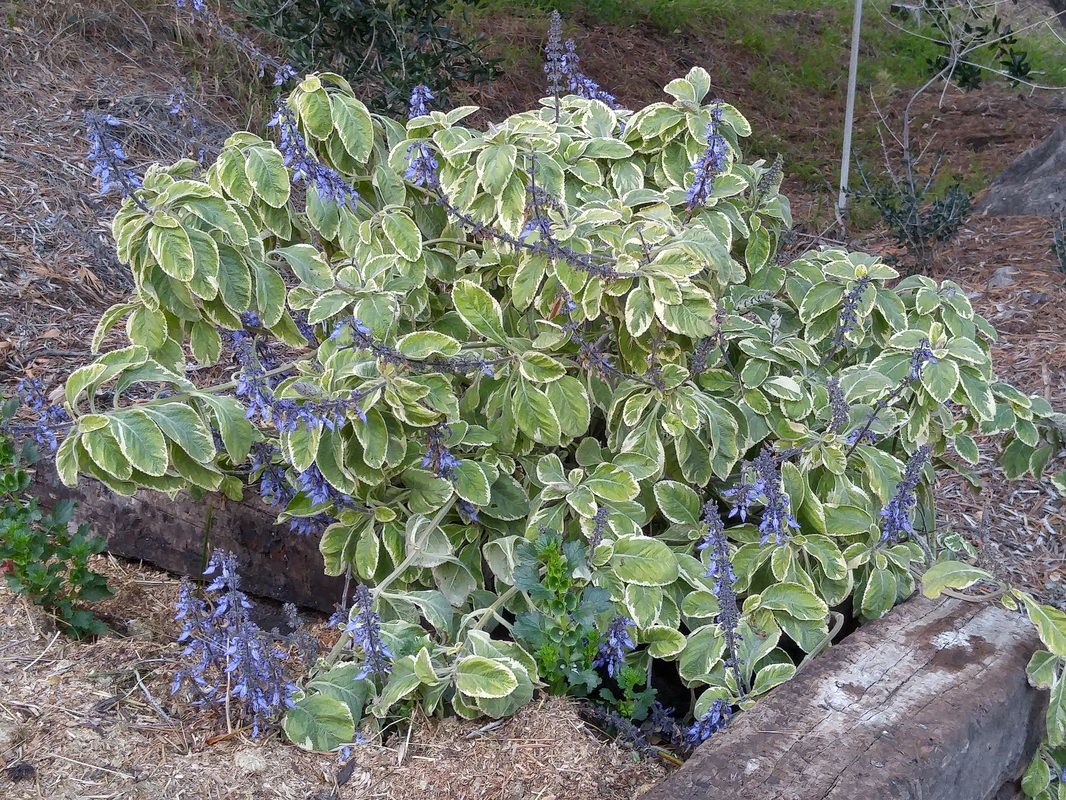
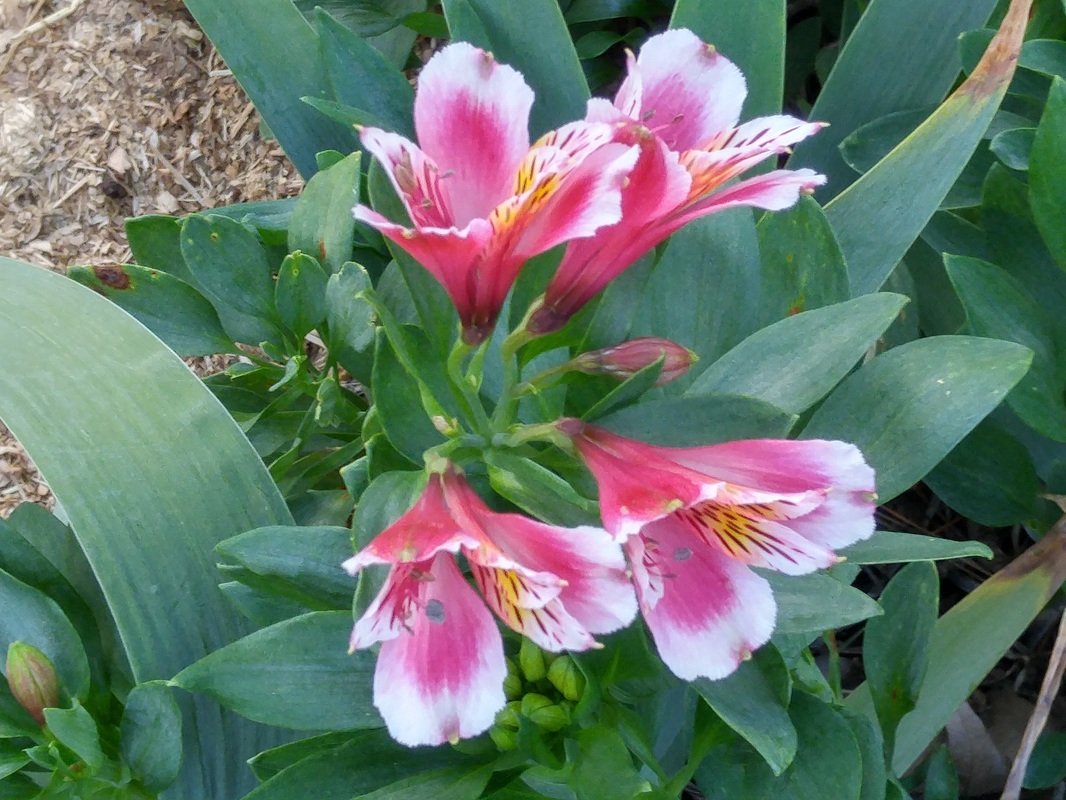
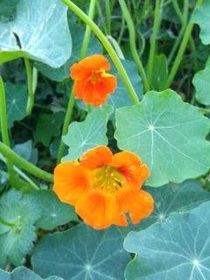
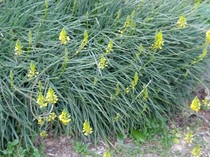
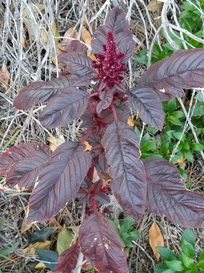
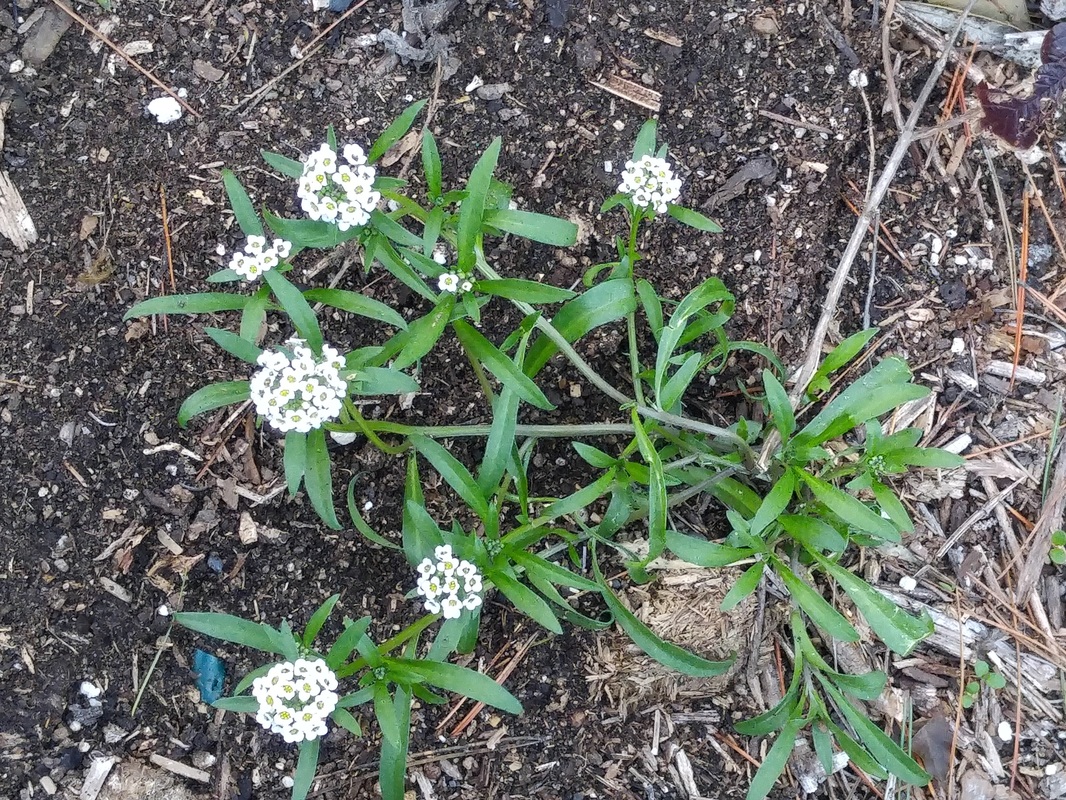

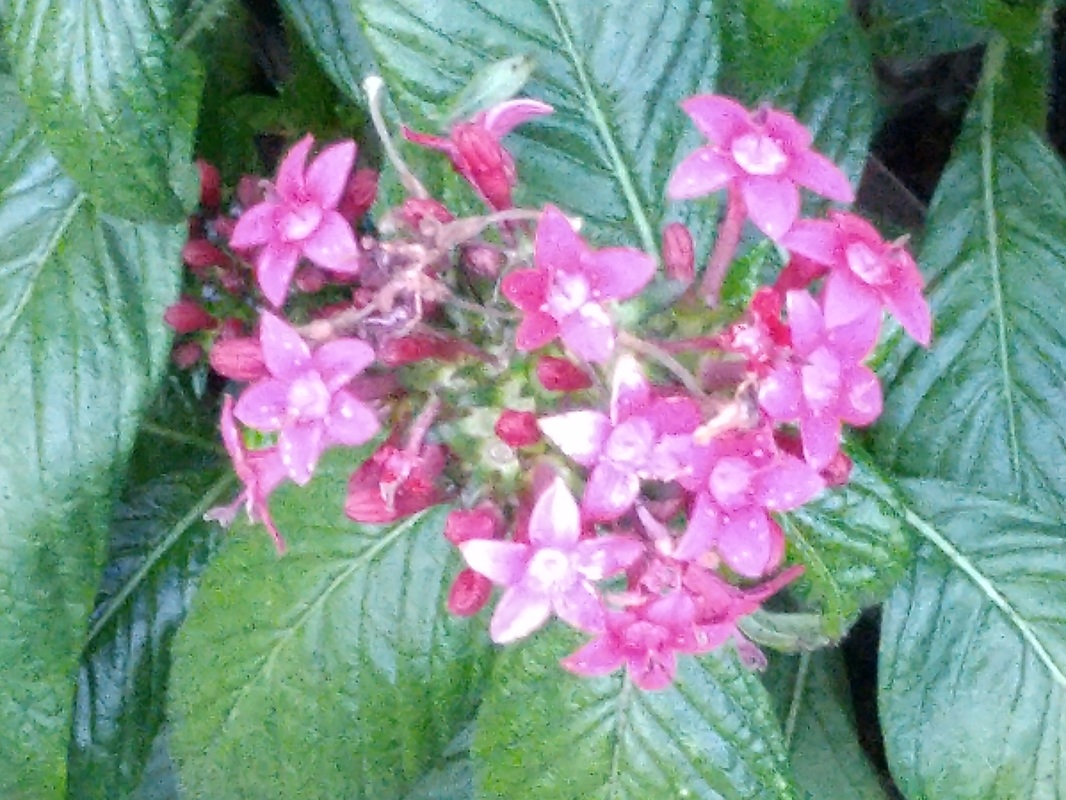
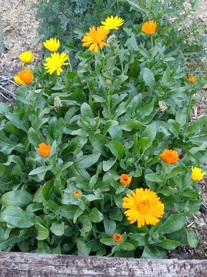
 RSS Feed
RSS Feed